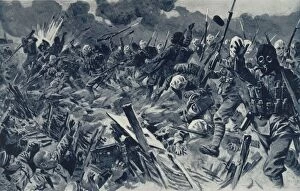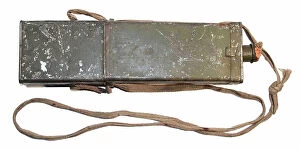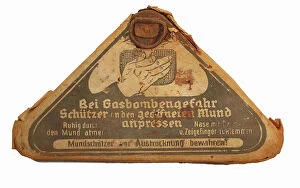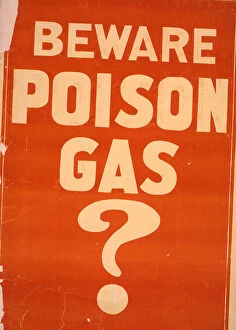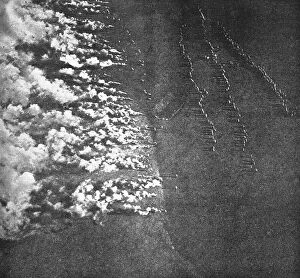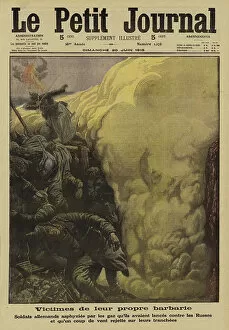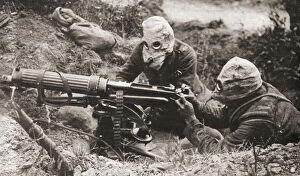Poison Gas Collection
Poison Gas in World War I: A Deadly Reality From the trenches of Loos, France, on September 25, 1915, to the frozen lands of Poland during World War II
For sale as Licensed Images
Choose your image, Select your licence and Download the media
Poison Gas in World War I: A Deadly Reality From the trenches of Loos, France, on September 25, 1915, to the frozen lands of Poland during World War II, poison gas left an indelible mark on the history of warfare. In this era, the use was a chilling innovation, with both sides employing it to gain the upper hand. Hooded British Territorials charged against the German trenches at Loos, oblivious to the deadly gas awaiting them. Meanwhile, German soldiers asphyxiated by their own they were tragically blown back into their own trenches by the wind. German gunners loaded poison gas shells on the Western Front, donning masks for protection. Yet, the winds of war were unpredictable, and the gas could just as easily turn against its creators. Allied victims of poison gas, temporarily blinded, sought refuge in French hospitals. The horrors of the gas attacks were palpable, with soldiers and civilians alike suffering from its effects. Gas Alarm. Blared as British troops advanced through the gas-filled battlefields of Passchandaele, Ypres, Belgium. The ominous warning was a constant reminder of the deadly reality that lurked just beyond the trenches. Two soldiers, protected by respirators, continued their march through the war-torn landscape. The masks were a testament to the relentless nature of war and the lengths to which soldiers would go to survive. The investigation into the use in Poland during World War II continued to unravel the dark secrets of this deadly weapon. The legacy in warfare serves as a stark reminder of the brutal realities of conflict and the importance of adhering to international norms against its use.

